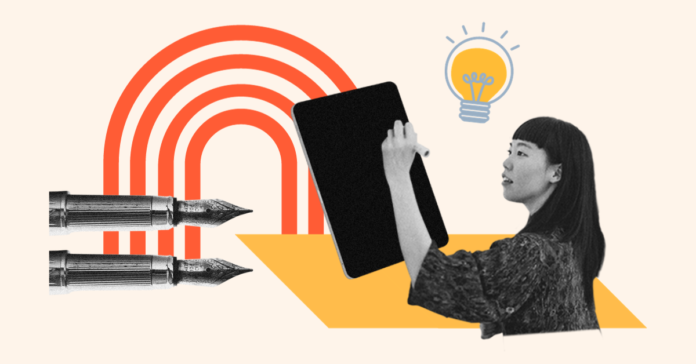Drawing is more than a skill; it’s a powerful means of communication and a profound way to express oneself. It serves as a bridge, connecting the depths of your imagination with the tangible world. This blog post delves deep, offering a treasure trove of essential tips aimed at enhancing your drawing skills.
Whether you’re taking your first steps in the art world or looking to refine your existing skills, the journey of improvement is endless. Embrace these strategies to not only advance your technical abilities but to also enrich your artistic expression, turning each stroke into a word in the visual story you’re telling.
Start with the Basics
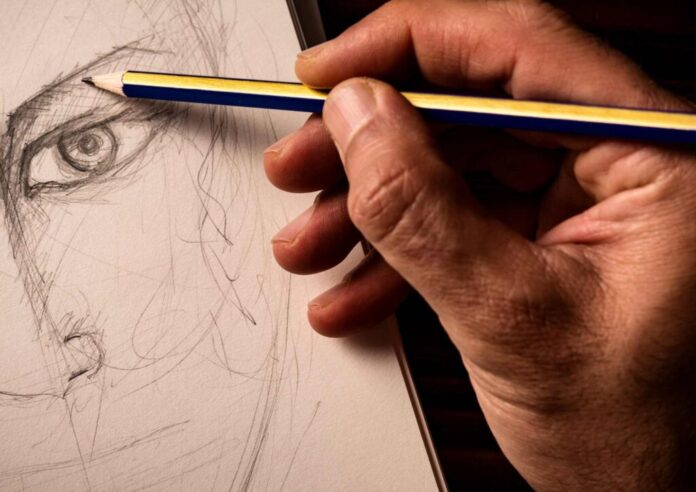
The journey to mastery in drawing begins with a solid understanding of the fundamentals. Grasping the essentials of shapes, lines, and proportions is akin to building a sturdy foundation for a towering structure. These elements are the alphabets of the visual language, essential for translating complex thoughts onto your canvas.
Understanding these basics enables you to deconstruct complex scenes into manageable elements, making the daunting task of drawing anything significantly more approachable. It’s not merely about mimicking what you see; it’s about interpreting and understanding the world in terms of lines and shapes and then reconstructing it on paper, a process that begins with a firm grasp of the basics.
Practice Regularly
The path to improvement in drawing is paved with consistent and deliberate practice. It’s about dedicating a part of your day, consistently, to nurture and refine your skills. This commitment to practice should be a non-negotiable part of your routine, a special time set aside for self-growth and artistic exploration.
It’s crucial not only to draw frequently but also to practice mindfully, concentrating on your weak spots and turning them into strengths. With each line you draw and every shade you create, you’re not just moving your hand; you’re also training your eye and mind to work in harmony, laying down the neural pathways that transform intention into art.
Experiment with Different Mediums
The art of drawing is beautifully diverse, not confined to just pencil and paper. Venturing into different mediums like charcoal, ink, watercolors, markers or digital platforms can open up a new world of possibilities. To add depth to shadows, it’s best to use markers, and to add to your skill, having online drawing lessons is a must. Each medium brings its own unique set of challenges and opportunities, forcing you to adapt and learn. This exploration not only adds depth to your skill set but also keeps the flame of creativity burning brightly within you. It pushes you out of your comfort zone, encouraging you to approach your art from different perspectives.
Study Anatomy and Perspective
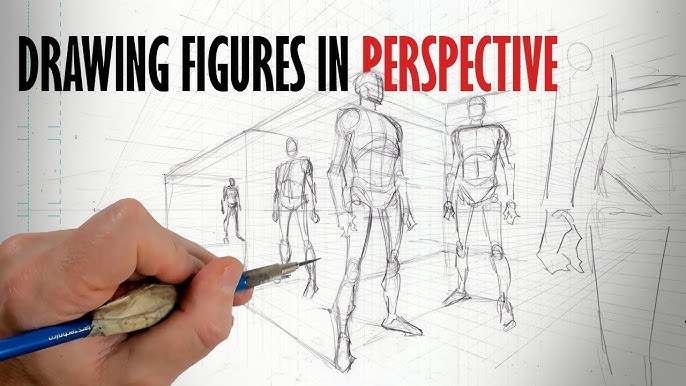
Understanding anatomy is pivotal for artists aiming to elevate their depiction of humans and animals. It’s about more than just replicating what you see; it’s about comprehending the complex machinery beneath the skin. This knowledge allows you to create figures that are not just convincing but also vibrant with life. Similarly, mastering perspective is crucial for injecting depth and realism into your artwork. It’s the magic that transforms a flat canvas into a window into another world. By studying and applying the rules of perspective, you ensure that your compositions are spatially coherent, allowing your viewers to fully immerse themselves in the scenes you create.
Learn from Tutorials and Courses
In the digital age, learning has become more accessible than ever. Leveraging online tutorials, books, and courses can dramatically accelerate your learning curve. These resources connect you with masters of the craft, allowing you to absorb their wisdom and techniques. Whether you’re looking to refine a specific skill or start from scratch, there’s a wealth of knowledge waiting for you. Diving into these learning materials can provide structured guidance and introduce you to new concepts and styles.
Seek Feedback
Growth often comes from understanding our shortcomings, and constructive criticism is a powerful catalyst for improvement. Engaging with peers, mentors, or online communities opens up a valuable channel for feedback. It’s not just about receiving praise but also about gaining insights into areas you might overlook. Feedback provides fresh perspectives, helping you to see your work through the eyes of others and identify opportunities for enhancement.
Build a Reference Library
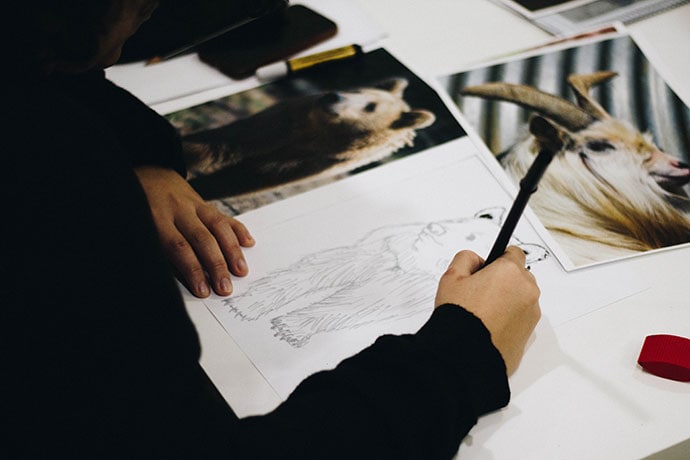
A well-curated collection of reference materials like photographs, sketches, and artworks can be an invaluable asset. These references serve as a visual vocabulary, offering inspiration and guidance. Whether it’s understanding the play of light on a surface or the intricate details of an object, having a robust reference library allows you to study and emulate these elements in your work. It’s not about copying but rather about learning from what you see and incorporating these observations into your unique style.
Keep a Sketchbook
Maintaining a sketchbook is a practice as old as the art itself, serving as a visual journal where ideas can flow freely. It’s a private space where you can experiment, make mistakes, and let your creativity run wild. Regular entries in your sketchbook not only help in honing your skills but also in tracking your progress over time. It’s a place for spontaneous expression, where ideas can be captured as quickly as they come, serving as a seedbed for future artworks.
Analyze and Redraw
Reflection is a crucial part of the learning process. Take time to review your past works, analyzing both your successes and areas where you fell short. This self-evaluation is a powerful learning tool, helping you to recognize patterns in your work and pinpoint specific areas for improvement. Redrawing old pieces with your current skills can provide a clear visual of how far you’ve come, offering a morale boost and a concrete way to track your progress.
Set Goals
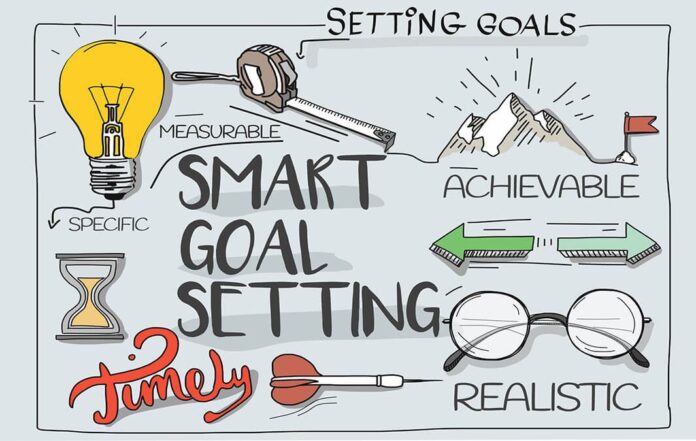
Goal setting is a proven strategy for success, providing direction and motivation. As an artist, setting specific, achievable goals for your skill development can give your practice purpose and clarity. Whether it’s mastering a particular medium, understanding a complex concept, or completing a certain number of pieces, having clear objectives helps you to focus your efforts and measure your progress.
Stay Inspired and Patient
The path to mastery is neither straight nor easy, and it’s essential to keep your spirits high and your resolve strong. Find inspiration in the world around you—in nature, in the bustling cities, in the quiet moments, and in the works of artists you admire. Let these inspirations fuel your creativity and drive your passion. However, remember that growth takes time and patience. There will be moments of frustration and doubt, but it’s crucial to persevere, understanding that each stroke, each sketch, is a step forward.
Conclusion
Drawing is a journey of continuous learning and self-expression. By starting with the basics, practicing regularly, experimenting with different mediums, studying anatomy and perspective, learning from others, seeking feedback, building a reference library, maintaining a sketchbook, analyzing and redrawing your work, setting clear goals, and staying inspired and patient, you’ll pave your way to improvement. Embrace these tips as you embark on your artistic journey, and watch as your skills flourish and your unique style emerges.

